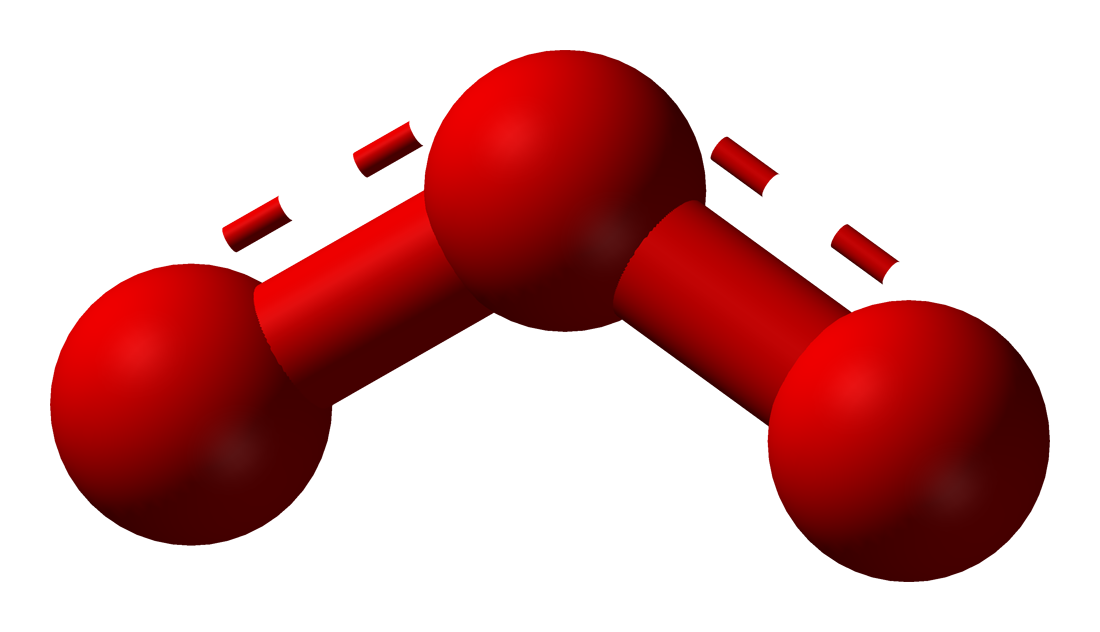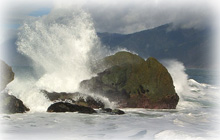
More Articles

Name:
Ozone
Abbreviation:
O3
General Description:
It is a pale blue gas. It consists of three atoms of oxygen. This is as opposed to breathable oxygen, which has two atoms. O3 is unstable and gives up the third atom or oxygen easily causing what it comes in contact with to become oxidized.

Odor:
It has an odor generally described as a sharp pungent smell with some similarity to chlorine. It is reputed to have a low odor threshold.
Compared to air:
Ozone is heavier than air.
Combustible:
In contact with organic materials, it is combustion and a explosive hazard.
Exposure Limits:
Both the OSHA Permissible Exposure Limit (PEL) for Time Weighted Average (TWA) over 8 hours and National Institute for Occupational Safety and Health (NIOSH) Recommended Exposure Limit is 0.1 parts per million (ppm).

Steve's IAQ recommendations:
Generally if you can smell ozone you are likely to be above or near the exposure limit. If using an air purifier that generates ozone, if you can smell it or notice itching or respiratory issues, the ozone level should be turned down or off.
Examples:
I did some IAQ work for a woman concerning mold. She asked me if she should get an air purifier. I told her it might be helpful. Days later she asked me to come back out. She complained of a rash and itching of exposed skin. When I arrived, I could immediately smell the pungent odor of ozone. I turned the ozone to minimum and opened the door and window to air it out. I instructed her on ozone and the effects of exposure.
Physical Effects
Inhaling ozone can cause chest pain, shortness of breath, coughing and throat irritation. Chronic respiratory illnesses can be worsened. Abilities to fight respiratory infections can be reduced. Eyes and skin can be irritated. Headaches and nausea can develop at higher levels.
Major Uses:
Ozone is used as an oxidizing agent in a number of chemical processes including acids, aldehydes, phenols, and cyanides. It is also used as a deodorizer particularly after fires as well as sewer gases and other unpleasant odors. Purification of drinking water is also a valuable use.
How produced:
Ozone is used as an oxidizing agent in a number of chemical processes including acids, aldehydes, phenols, and cyanides. It is also used as a deodorizer particularly after fires as well as sewer gases and other unpleasant odors. Purification of drinking water is also a valuable use.
Commercially, ozone is relatively easy to produce by electronic irritation of air. UV light and electrolysis are two methods.






